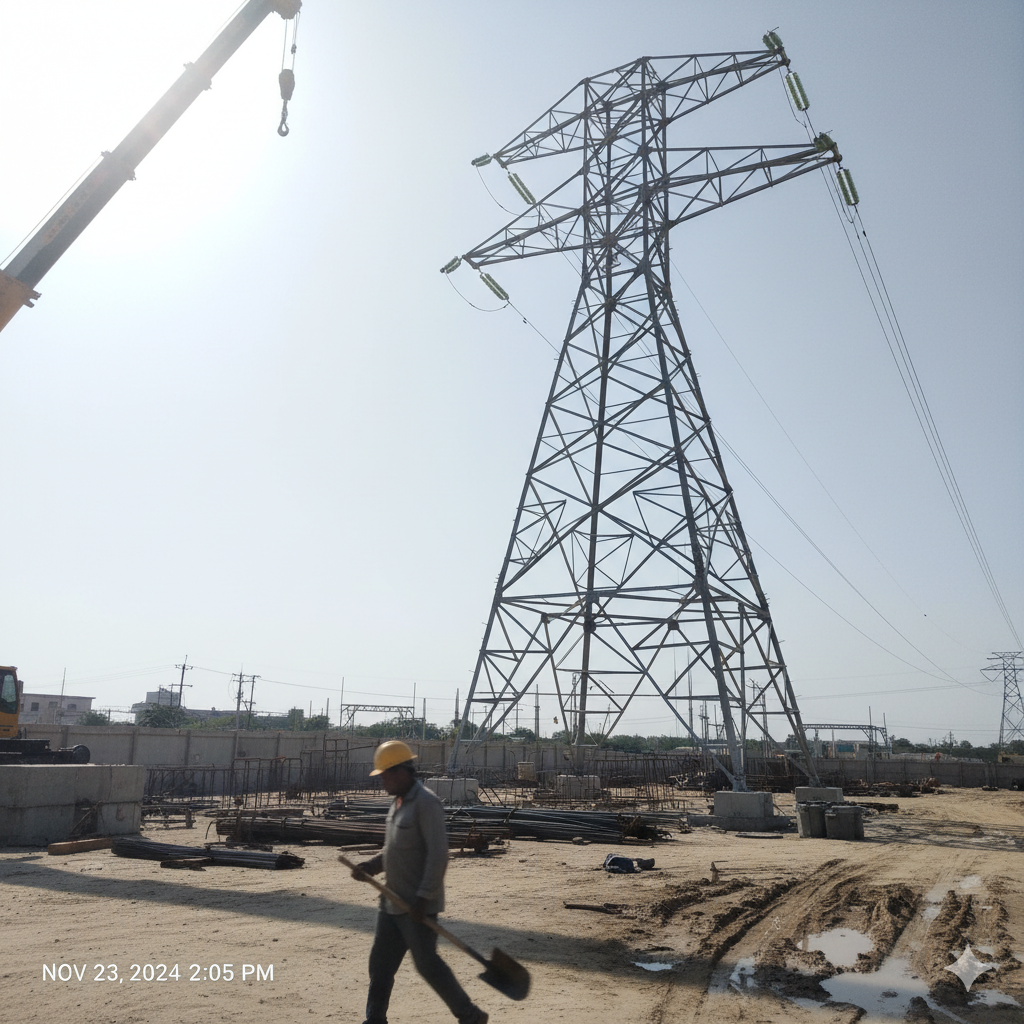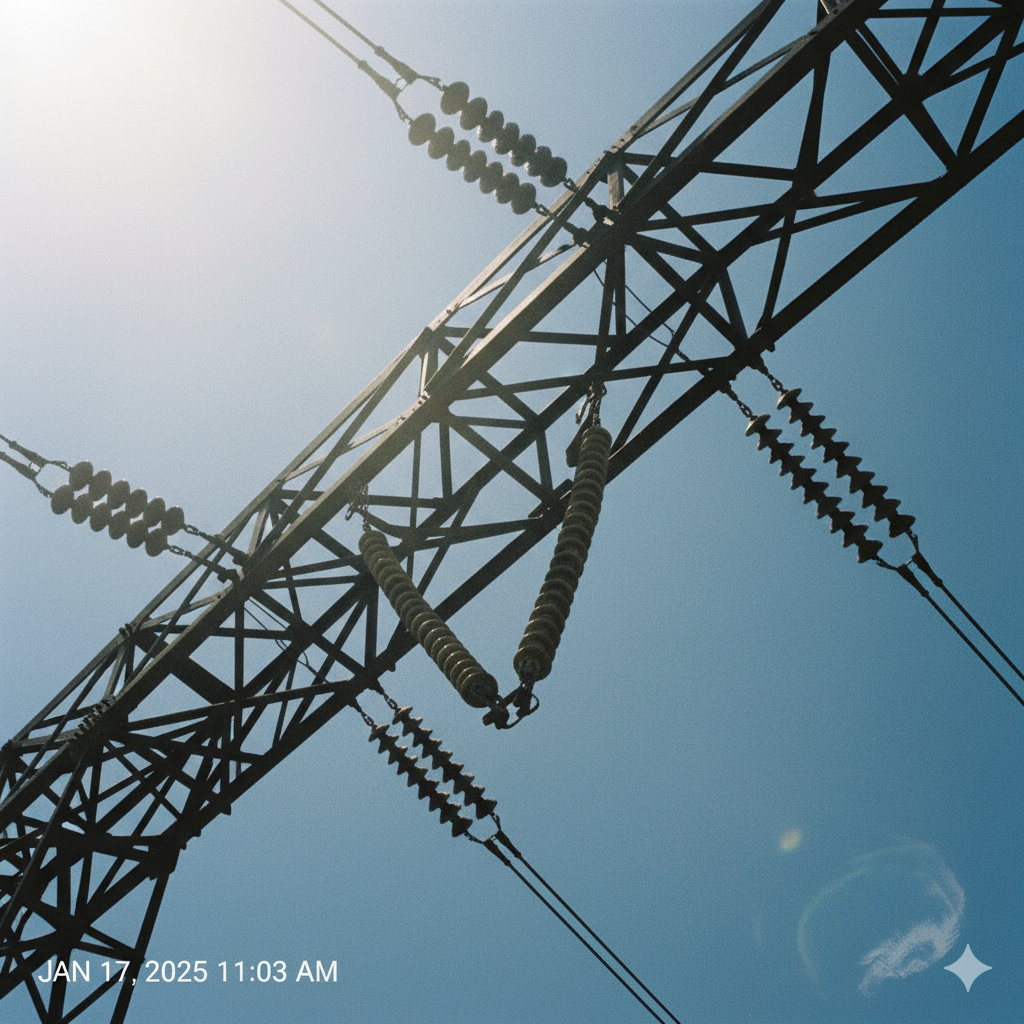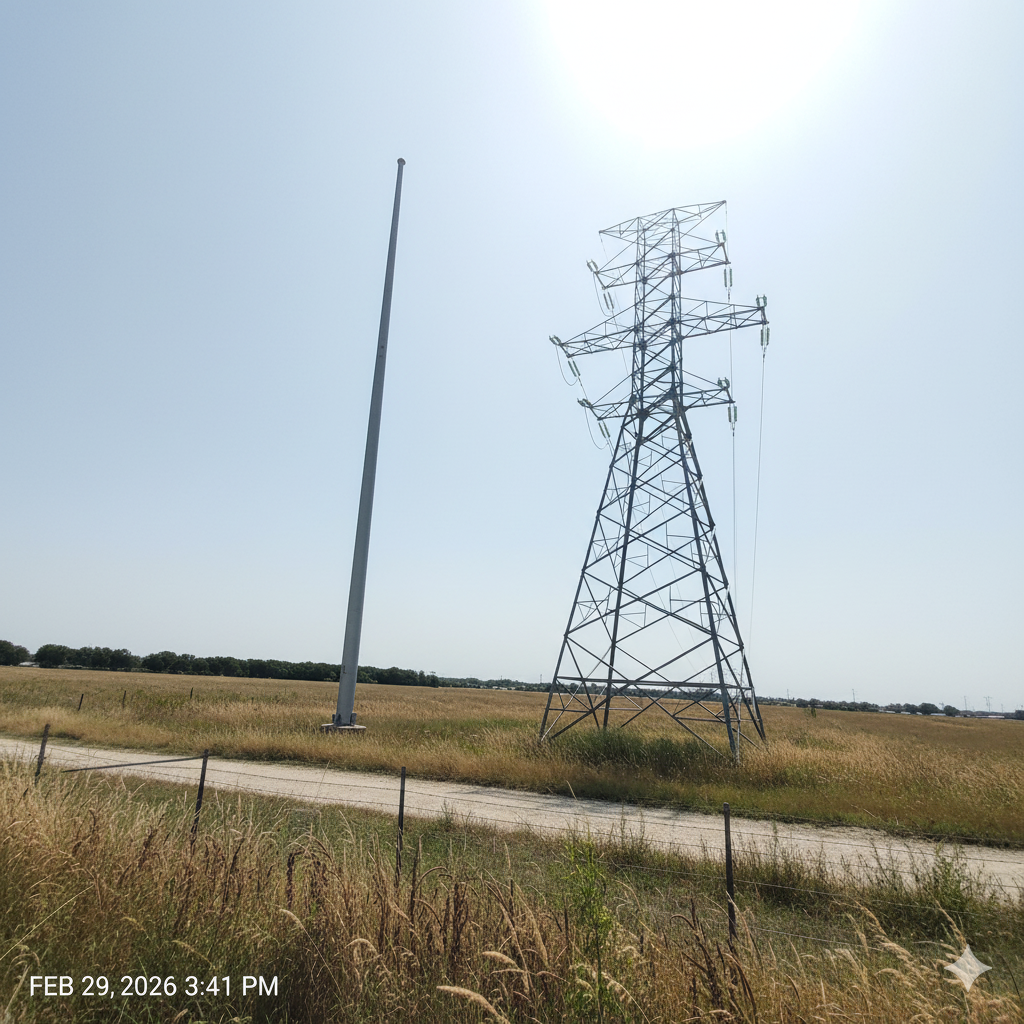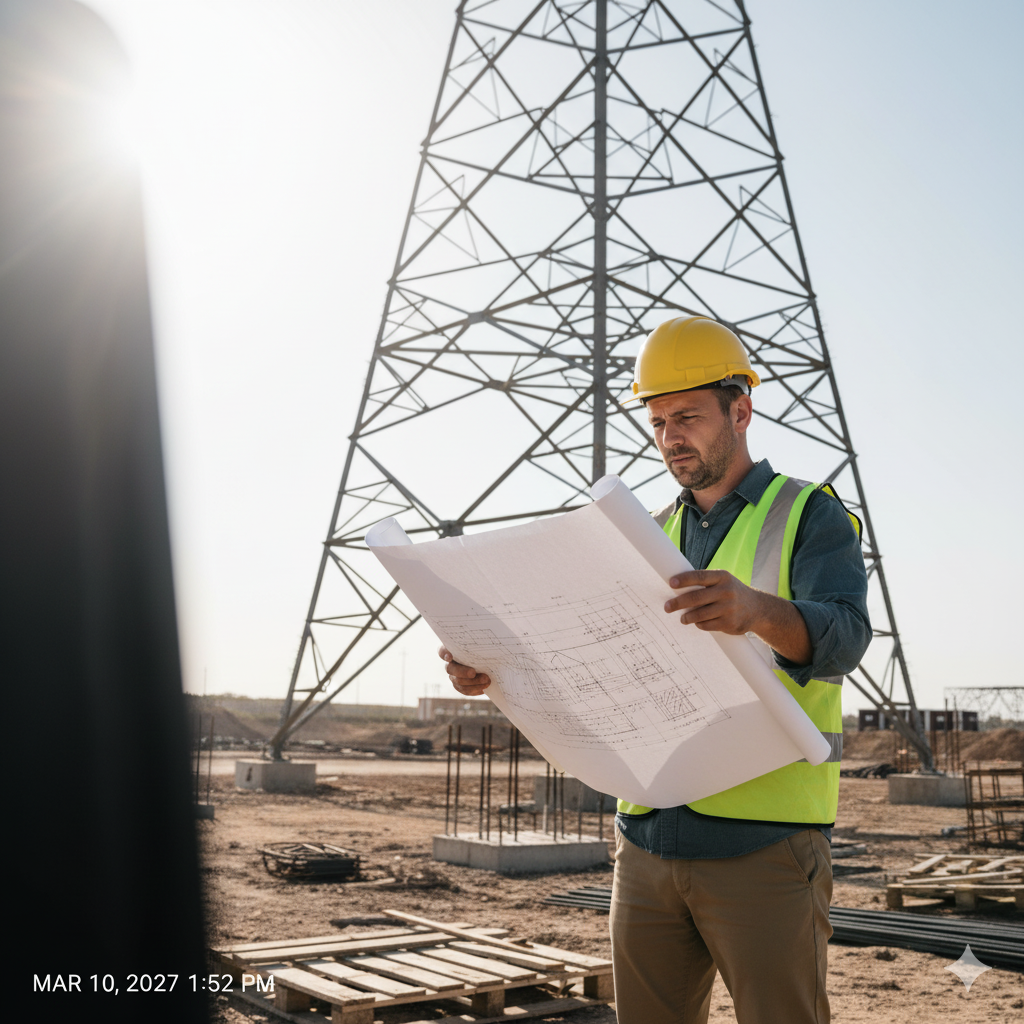Your lights turn off, and work stops. Power outages are a major problem for everyone. These towers are the silent heroes that keep your electricity flowing reliably every single day.
Transmission towers1 are tall steel structures designed to support high-voltage overhead power lines2. Their main job is to keep these energized conductors safely suspended above the ground and separated from each other, allowing electricity to travel efficiently over very long distances from power plants to communities.

These structures are more than just steel beams bolted together; they are the backbone of our modern electrical grid. You see them everywhere, but understanding what they do and why they look the way they do is key to appreciating the complex engineering that powers our world. Let's dive deeper into their functions, the different types you'll encounter, and how professionals like me choose the right one for a project.
What are the core functions that make a transmission tower the backbone of the grid?
You see these giant structures everywhere, but what do they actually do? Not knowing their purpose can make the whole power grid seem like a mystery. Let's uncover their critical roles.
The core functions of a transmission tower are to physically support the heavy weight and tension of electrical conductors, maintain safe electrical clearance from the ground and obstacles, and ensure the grid's reliability by withstanding extreme weather conditions like high winds and heavy ice.

The job of a transmission tower is demanding and has several key parts. Each function is critical to delivering power safely and reliably.
The job of a transmission tower is demanding and has several key parts. Each function is critical to delivering power safely and reliably.
Supporting Conductors
A tower's most obvious job is to hold up the power lines, or conductors. These wires are incredibly heavy, especially over long spans. Towers must manage not just the vertical weight but also the immense horizontal tension pulling them. The structure is engineered to distribute these forces safely to its foundation.
Ensuring Safety
Safety is a top priority. Towers must keep high-voltage lines at a specific height above the ground. This is called ground clearance. It prevents accidental contact and electrical hazards. They also use insulators to keep the conductors electrically isolated from the steel structure itself.
Maintaining Reliability
Towers are our first line of defense against blackouts. They have to stand firm against high winds, thick ice, and extreme temperatures. In my 10 years of experience, I’ve seen that the surface treatment, like galvanization, is crucial. A good coating prevents rust and corrosion, which ensures the tower remains strong for decades.
What are the different types of transmission towers, from lattice to monopoles3?
Choosing the right tower for a project can feel overwhelming. Making the wrong choice can cause delays and cost a lot of money. Knowing the main types makes the decision much simpler.
The most common transmission tower types are lattice towers4, made from bolted steel pieces for high strength; monopoles, which are single-pole structures used in areas with limited space; and guyed towers5, which are supported by anchor wires and are lightweight for specific, often temporary, applications.

Each tower type has its own set of advantages and is suited for different situations. The choice depends on factors like cost, land availability, and what the local community prefers. From my experience, a crucial step for any new tower design is prototype testing6. We have to build a full-scale model and test it in the factory to confirm its strength and design before we start mass production. This step is non-negotiable for safety and reliability.
| Tower Type | Key Advantages | Common Use Cases |
|---|---|---|
| Lattice Tower | Very strong, cost-effective for high voltages | Long-distance transmission, open rural areas |
| Monopole | Small footprint, looks better, installs faster | Urban and suburban areas, highways |
| Guyed Tower | Lightweight, economical for certain spans | Flat terrain, temporary lines, V-shaped designs |
Lattice towers are the classic "Eiffel Tower" style you see most often. They are strong and relatively cheap to make, but they take up a lot of ground space. Monopoles are a more modern choice. They are sleek steel poles that are perfect for cities where space is tight. Guyed towers are less common but are very efficient in certain settings, as they use tensioned wires to stay upright, reducing the amount of steel needed.
What are the key factors in selecting the right tower for your project?
A project's success often comes down to the tower selection. A poor choice can put safety, reliability, and your budget at risk. Focusing on these key factors from the start guarantees a better outcome.
Key factors for selecting a tower include the line's voltage level, the local terrain and soil conditions, regional weather patterns like wind and ice loads, available land or right-of-way, and the overall project budget. These elements together determine the most suitable and cost-effective tower structure.

Choosing a tower isn't just about picking one from a catalog. It’s a detailed process that balances engineering requirements with real-world limitations.
Electrical & Structural Needs
The first thing we look at is the voltage. Higher voltages require taller towers with longer arms to keep the conductors safely separated. We also have to calculate the weight of the wires and the forces from wind and ice. These calculations tell us how strong the tower needs to be.
Environmental & Geographical Factors
Where will the tower be built? A tower on a mountain needs a different foundation than one in a flat field. We must consider wind speeds, how much ice might build up in winter, and even the risk of earthquakes. From my experience working on projects globally, I can tell you that corrosion is a huge factor. For a project near the coast, we have to use a thicker zinc coating during galvanization to protect the steel from the salty air. This extends the tower's life significantly.
Budget & Logistics
Finally, it all comes down to cost and practicality. Lattice towers are often the cheapest material-wise, but they take longer to build. Monopoles might cost more upfront but can be installed much faster, saving labor costs. We also have to consider how much land is available, as this can immediately rule out certain tower types.
Conclusion
Transmission towers1 are essential for a reliable power grid. Understanding their functions, types, and the key factors for selection helps ensure that every project is safe, efficient, and built to last.
Explore the critical role of transmission towers in ensuring reliable electricity supply. ↩
Learn about the technology behind high-voltage power lines and their significance. ↩
Explore the benefits of monopoles in urban settings and their design features. ↩
Find out why lattice towers are a popular choice for long-distance power transmission. ↩
Learn about the unique applications and advantages of guyed towers in power lines. ↩
Understand the importance of prototype testing for safety and reliability in engineering. ↩